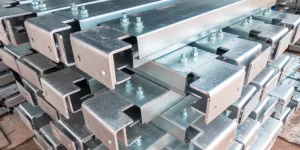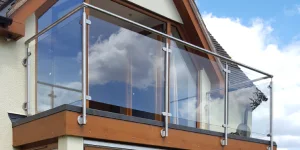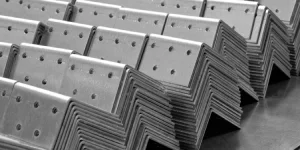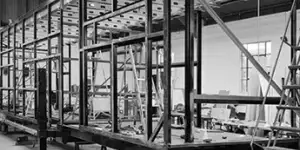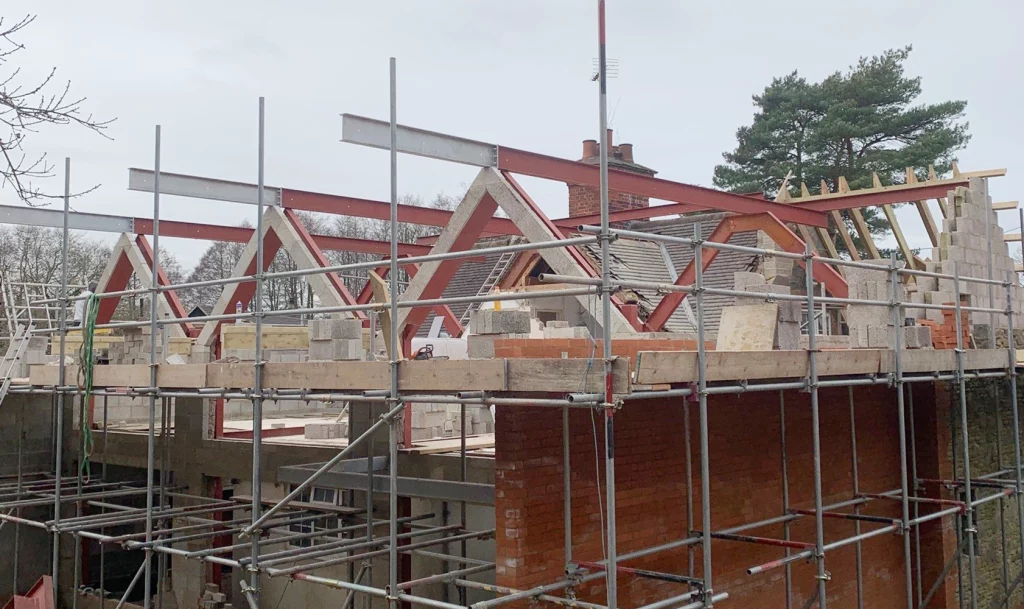News
Advantages of Using Structural Steel for Construction
In the dynamic world of construction, the choice of building materials plays a pivotal role in shaping a project's efficiency, durability, and overall success. One material that stands out for its versatility and numerous benefits is structural steel. As the backbone of many iconic structures, structural steel has become synonymous with innovation and resilience in the construction industry.
In this exploration, we will explore the advantages that make structural steel a preferred choice for builders and architects alike. From its inherent strength to design flexibility and sustainability, discover how structural steel is transforming the landscape of modern construction.

1) Strength and Durability
Structural steel stands as a testament to unparalleled strength and durability in construction. Its inherent robustness allows for creation of structures that can withstand immense loads, making it an ideal choice for a wide range of building types. Whether supporting skyscrapers' soaring heights or bridges' expansive spans, structural steel provides the structural integrity necessary for enduring performance.
The durability of structural steel goes hand in hand with its strength. Steel structures boast longevity, exhibiting resistance to common issues such as rot, pests, and decay. This resilience ensures that buildings constructed with structural steel not only meet the demands of today but continue to serve generations to come. The combination of strength and durability positions structural steel as a foundational element in the quest for lasting and reliable construction solutions.
2) Design Flexibility
One of the defining characteristics that sets structural steel apart in construction is its unparalleled design flexibility. Architects and builders revel in steel's freedom, enabling the realization of diverse and imaginative structures. Unlike traditional building materials, structural steel allows for the creating of unique shapes, intricate designs, and innovative architectural concepts.
The malleability of steel makes it a versatile medium for achieving aesthetic and functional goals. Its strength-to-weight ratio permits the construction of lightweight yet robust structures, opening the door to ambitious designs that might be impractical with other materials. From sweeping curves to intricate geometric patterns, structural steel empowers designers to push the boundaries of creativity while maintaining the structural integrity essential for safe and enduring construction projects.
3) Cost-Effectiveness
Structural steel excels in strength and design flexibility and proves to be a cost-effective choice for construction projects. The financial advantages are multifaceted, encompassing various aspects of the building process.
A. Efficient Fabrication and Installation:
The efficiency of fabricating structural steel components contributes significantly to cost savings. The controlled manufacturing environment allows for precise production, reducing material waste and labour expenses. Moreover, the ease and speed of steel installation translate to shorter construction periods, minimizing on-site labour costs and accelerating project timelines.
B. Long-Term Savings and Return on Investment:
While the initial investment in structural steel may appear comparable to other materials, the long-term savings become evident over the structure's life cycle. Steel structures' durability and minimal maintenance requirements lead to lower ongoing costs, offering a substantial return on investment. Reduced maintenance and repair needs contribute to extended service life, further enhancing the cost-effectiveness of structural steel.
C. Adaptability and Renovation:
Structural steel's adaptability extends beyond the initial construction phase. The ease of modification and renovation with steel minimizes costs associated with future changes or expansions. This adaptability not only enhances the overall cost-effectiveness of a project but also provides a strategic advantage for buildings that may undergo functional or aesthetic updates over time.
4) Sustainability
In an era where environmental consciousness is paramount, structural steel emerges as a sustainable construction choice, aligning with ecological and economic considerations. The sustainability of structural steel is evident across various dimensions, making it a responsible and forward-thinking option for builders and developers.
Structural steel contributes to environmental preservation through its recyclability. Steel can be repurposed and reused as a highly recyclable material without compromising its inherent qualities. This recyclability significantly reduces the demand for new raw materials, minimizing the environmental impact of the construction industry.
The manufacturing process of structural steel has also evolved to prioritize sustainability. Modern production methods focus on energy efficiency, emissions reduction, and waste minimization. This commitment to environmentally conscious manufacturing aligns with global efforts to reduce the carbon footprint of construction projects.
5) Speed of Construction
The speed at which a construction project comes to fruition is often a critical factor, and in this regard, structural steel stands as a beacon of efficiency. The inherent characteristics of steel contribute to a streamlined construction process, facilitating timely project completion and delivering a range of advantages to builders and stakeholders.
Structural steel's efficiency in fabrication plays a pivotal role in expediting construction timelines. The controlled manufacturing environment allows for precise and swift production of steel components, reducing the time spent on-site for assembly. This efficiency is particularly advantageous in projects with tight schedules or those requiring rapid deployment.
On-site assembly and erection of structural steel components are notably faster compared to traditional construction methods. The simplicity of connecting steel elements and the ability to pre-fabricate many parts accelerates the overall construction process. The speed of construction reduces labour costs and allows for earlier occupancy or utilization of the structure, providing a tangible return on investment.
Conclusion
In the realm of construction, where strength, design flexibility, cost-effectiveness, sustainability, and speed of construction converge, structural steel emerges as the cornerstone of modern building practices. The myriad advantages of structural steel not only elevate the performance and aesthetics of structures but also contribute to the efficiency and longevity of construction projects.
As we conclude this exploration into the virtues of structural steel, it's worth noting that these advantages are not theoretical but have found practical application in diverse projects worldwide. From soaring skyscrapers to innovative architectural marvels, the impact of structural steel is tangible.
For those seeking a reliable partner in realizing their construction vision, consider CR Steel, situated in Sharnford, Leicestershire. Our commitment to precision and excellence is mirrored in structural steel's strength, versatility, and sustainability. Whether you're embarking on a new project or contemplating renovations, CR Steel stands ready to be your trusted ally in achieving construction success.

